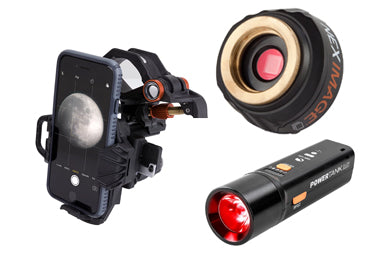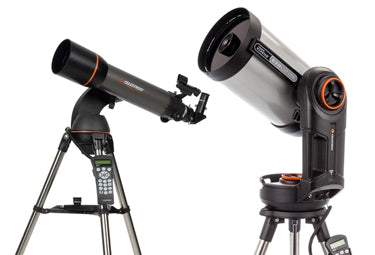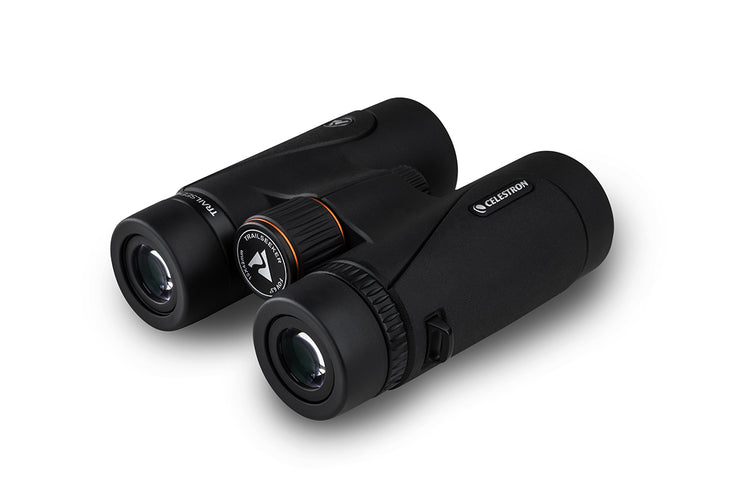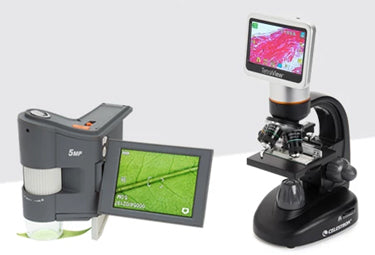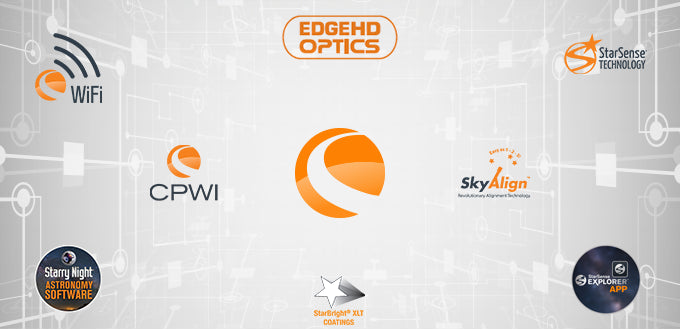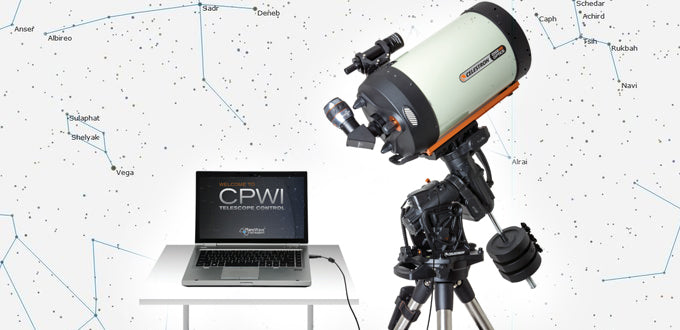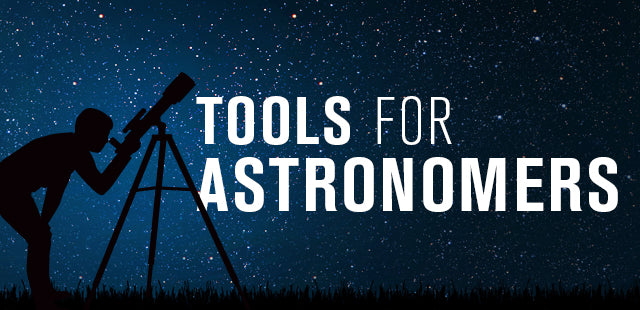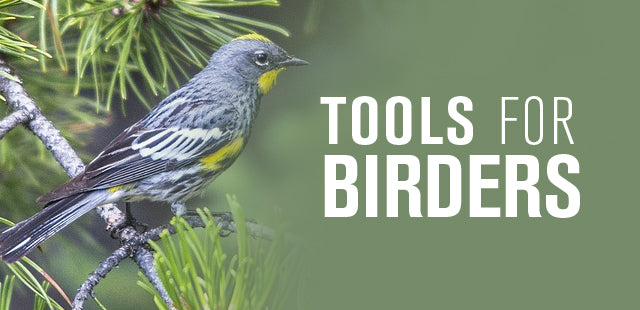The Ultimate Guide to Observing Venus
August 6, 2020

We have all seen our planetary neighbor, Venus, at one time or another (whether we were aware or not), hanging like a dazzling, white lantern in the sky as an “evening star” or “morning star.” Over the years, Venus’ mesmerizing beacon of light has been mistaken for everything from a UFO to the Star of Bethlehem. No wonder our ancient ancestors were captivated by its allure and named Venus after the Roman goddess of beauty and love.
Venus is often referred to as Earth’s twin. It resembles our planet in size and mass, but that is where the similarities end. Venus is an inhospitable world, covered in thick, reflective clouds that conceal its surface and trap heat like a greenhouse. With surface temperatures of nearly 900 degrees Fahrenheit, it even surpasses Mercury as the hottest planet in the Solar System. Its dense clouds reflect so much sunlight back into space that it ranks as the third brightest object seen from Earth after the Sun and Moon.
Naturally, Venus catches our attention and makes us curious to aim our telescopes toward its brilliant light when visible. It can reach magnitude -4.7, about 17 times brighter than the brightest star in the night sky, Sirius. So how do we know when to look for Venus in the evening or morning sky? Is it safe to view Venus since it, like Mercury, is positioned relatively close to the Sun? What will Venus look like through a telescope? What features should I look for? Here are a few observing tips to help you get better acquainted with our hot planetary twin.
Tip #1: Only observe Venus when it is a safe distance away from the Sun
Venus is very easy to observe, but you should still take care to observe it safely.
During its orbit around the Sun, Venus reaches several notable points: inferior conjunction (when Venus is positioned between the Earth and Sun), greatest western elongation (when Venus is the maximum distance away from the Sun in the morning sky), superior conjunction (when Venus is positioned on the opposite side of the Sun from Earth), and greatest eastern elongation (when Venus is the maximum distance away from the Sun in the evening sky).
During its inferior and superior conjunctions, Venus will be in proximity of the Sun from our line of sight and lost in the Sun’s glare. Never attempt to view Venus during these conjunctions with your naked eyes through a binocular or a telescope. It is extremely dangerous and not worth the risk of accidentally blinding yourself and causing permanent eye damage. Venus should be viewed when located safely away from the Sun, like during its elongations.

Of course, you’ll have the best views of Venus after the Sun sets or before it rises. However, eagle-eyed observers may be able to pick out Venus in broad daylight—especially around the time of greatest elongation.
Venus will be visible in the morning and evening skies during these periods in 2022:
Morning: Venus will be visible during the morning eastern sky at dawn from January 17 to August 27, 2022.
- During the morning sky in late January and most of February, Venus will appear as a dazzling crescent phase in telescopes.
- Venus will be at its greatest brilliance on the morning of February 13 and will shine at magnitude -4.6.
- On March 20, Venus reaches its greatest western elongation of 46.6 degrees from the Sun.
- Venus and Jupiter will appear dramatically close to one another on the mornings of April 30 and May 1 before sunrise.
- Venus reaches Superior conjunction on October 22.
Evening: While Venus was visible as an evening object for the second half of 2021 and early 2022, it will not return to the evening sky again until very late in the year, December 23, 2022. Look for Venus low in the southwestern sky at dusk and well into 2023.
Tip #2: Use an astronomy app or star chart
Star charts in astronomy-related magazines or websites are helpful visual guides to spot Venus. The most modern and informative tools today can be found in astronomy apps such as Celestron’s SkyPortal mobile app. Simply download this free planetarium app from the Apple App Store or Google Play, and you will instantly have a wealth of information at your fingertips. Not only does SkyPortal provide audio and written descriptions about Venus, but it also provides its celestial coordinates, a real-time sky map, rise and set times, physical and orbital parameters.

Tip #3: The best equipment for viewing Venus
Your eyes are all you need to enjoy Venus’s beauty, even from the city in heavy light pollution, but a binocular or telescope will surely enhance the view. Use a telescope of at least 60mm (2.4”) aperture or greater with at least 50x magnification to observe the planet and note any changes over time.

Adding a Moon filter or other colored filters is helpful in reducing the amount of glare and light scatter that Venus emits, while also boosting contrast. Telescopes with GoTo and tracking are ideal to use in keeping Venus centered for a more stabilized view, but manual telescopes will work just fine.

Tip #4: What to look for while observing Venus
Venus goes through phases just like our own Moon as it orbits around the Sun. Its phases are easily visible through a telescope with moderate magnification as it waxes or wanes. An interesting note is that Venus is actually brighter and larger during its crescent phases compared to near-full phase due to its position closer to Earth.

Other than viewing its phases, Venus does not have much to reveal in the way of surface detail since its surface is permanently obscured by thick clouds of sulfur dioxide. And unlike Jupiter and Saturn with their swirling storms and cloud bands, the clouds on Venus are relatively stable, so any detail seen in them will be very subtle.
Back in 2012, a very rare transit of Venus took place. Venus’ planetary disk appeared to cross the Sun’s face as a black dot. Those who witnessed this rare phenomenon were very fortunate. Perhaps a young person today will have his or her chance to view the next Transit of Venus in 2117!

We hope this brief viewing guide helped you to become better acquainted with the planet Venus. It is easy to find and makes for a great target for beginner and veteran amateur astronomers alike who wish to monitor its phases as it makes its way around the Sun. The key is knowing when and where to look. If you wish to learn more about Venus, please download the SkyPortal mobile app from the App Store or Google Play.
Clear skies!
Other articles you might be interested in: Ultimate Guide to Observing the Universe

